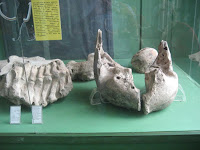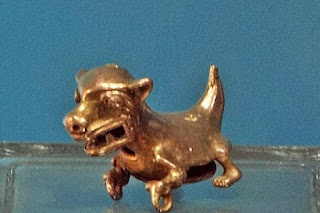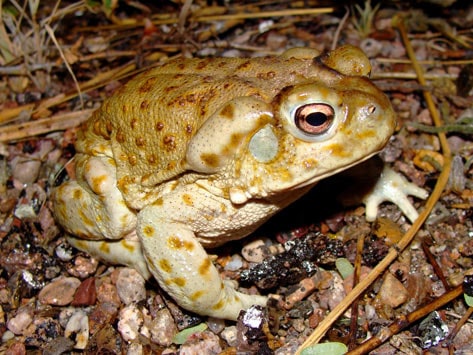It was up to Jack to obtain the needed documents, have them notarized, and drive hours to the state capitol to get the State Department's seal of approval, the apostille, then rush them to Managua to my lawyers. Here is Tessie's account of today's events, stateside. She sent it to me and my sister Mary Mary, who also helped cobble together the plan.
Hi, my aunts! Great news! Dad had both documents notarized by 8:24am and was on the road. Arrived to meet me and we navigated Harrisburg. Found the Dept of State easily and found Apostilles with only a slight problem. We found the office and Dad didn't have his folder of documents! Slight heart attack... But it was recovered on the security x-ray belt. Phew!!! All was done by lunch. Off to the Mail Room in Lemoyne. The gentleman who helped us was great and it was in the FedEx envelope with three customs forms by 12:45 pm. Dad is so relieved and you should have the envelope by Thursday.She also documented her Dad's good work with pics of him leaving the State Department, and then finishing the deed at the FedEx store. Big kiss and hug, Jack!
My very obliging landlady, Beth, offered to drive to Masatepe, a town renowned for its furniture manufacture, where I've been planning to buy a few sticks of furniture—muebles— and as I had just received confirmation that the documents were en route, I felt light and happy, and off we went to look for a pair of rocking chairs and a couple of occasional tables.
One of the first things you notice in tropical homes is the predominance of rocking chairs, mainly cane-seated or slatted to encourage air circulation. The last thing anyone wants to sit on is a soft, fabric upholstered chair or sofa. It's just too damned hot. So, I thought a pair of rockers would solve my seating issues in my small sala—living room.
Our first stop was a large, pretty fancy showroom, Muebleria Irwin (oy?), with a long covered porch, filled with rattan, wicker, and wooden wares, and some upholstered stuff that will surely result in buyer's regret.
The porch, above. When Beth spied the wacky zebra-striped couch with the colorful pillow, she exclaimed, "They're bringing the '80s back!" And dig the crazy green-painted wicker in the showroom.
I found my pair of comfy rockers and three small tables, and we went on to "El Chele" Muebleria to look for an armoire. There are no closets in many Nicaraguan homes, including mine. I found a beautiful, inexpensive armario of a deep flame red and dark stained wood called, according to the salesman, Herbie (Air-bee), Madera Lecho y Genicero. I could not verify this online, and it may be local nomenclature.
Nearby, I found my last lamp table, above wrapped in plastic, and Beth and I went to find some lunch while we waited for Nery, a furniture mover I had met a couple of weeks ago. He said he would meet us at 1:30, and showed up at 2:30. That is not Nery on old-fashioned conveyance; Masatepe has plenty of modern conveniences, but also ox carts.
This is Carmen, who sold me the rockers. And Beth, standing near Nery's truck.
And here is Nery (pronounced Neddy), left, with a helper loading the last table onto his truck, as helpful Herbie stands by in the shade to make sure they do it right.





















































